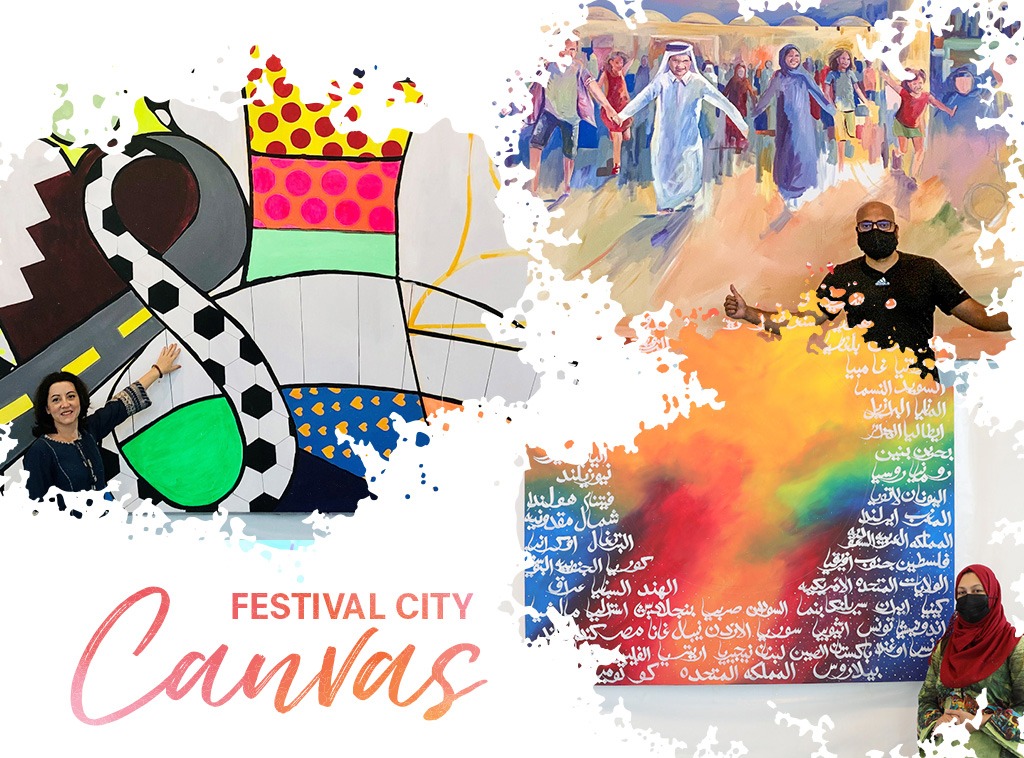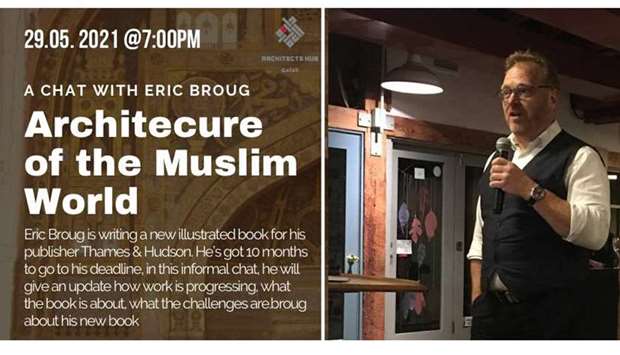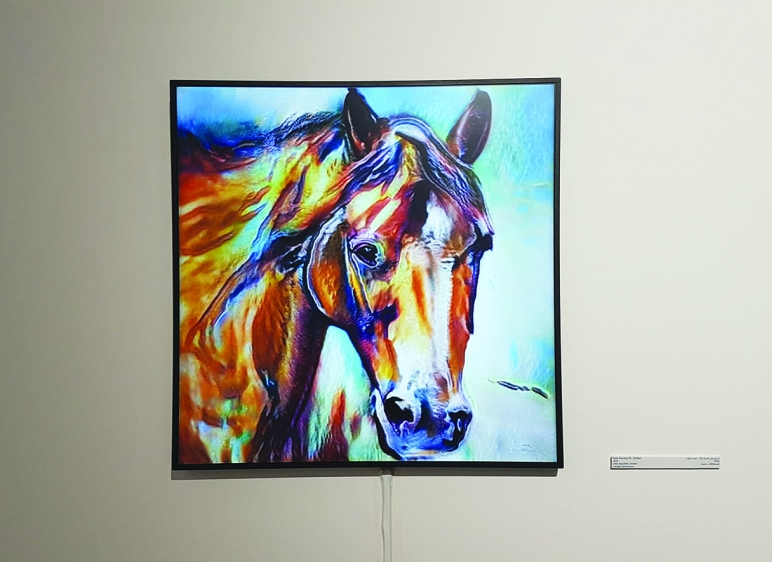Qatar Museums is getting ready to launch a series of engaging and educational cultural activities at Al Zubarah UNESCO World Heritage Site, which will offer participants hands on experience with traditional practices. Al Zubarah is Qatar’s largest heritage site and is one of the best-preserved examples of an 18th century merchant town in the Gulf region, giving rise to the varied cultural workshops that will be open to the public.
Starting Friday 17 November, and running for the next four months (until Saturday 3 March), the specially designed practical and artistic workshops will take place every Thursday, Friday and Saturday. On Thursday’s and Saturday’s, the event will run from 2:00pm to 8:00pm, and from 10:00am to 8:00pm on Friday’s.
The aim of the workshops is to educate the local community about the traditional crafts and materials that played a significant role in the country’s history, which will help participants appreciate their ancestors’ skills, wisdom and heritage.
During the weekend activities, there will be a selection of traditional food and drinks on offer for residents and visiting tours to enjoy. In addition, visitors will get a unique opportunity to interact with craftsmen as they create fishing nets, get beautiful henna art done, and enjoy a range of traditional music.
This initiative comes as part of QM’s continued efforts to increase awareness of Qatar’s history, develop youth appreciation and respect for heritage, and put local communities, young and old, in touch with their past.
Ali Al-Kubaisi, Chief Archaeology Officer at Qatar Museums, said:
“The Al Zubarah heritage site is the perfect location to host workshops that educate the community about their ancestors’ lifestyles and traditions in a place steeped in our history. Experts at QM have worked to develop activities that will take participants thousands of years into the past, introducing them to the traditional ways of making everything from the highly prized purple clothing dye to pottery.”
For the first time in Qatar, one of the workshops will introduce participants to technically involved and complicated way craftsmen used to make purple dye by using traditional techniques to extract the dye from shellfish that were used in Qatar. Participants will learn how a certain shellfish gland responsible for the purple colour was extracted and put directly on cloth under the heat of the sun to generate the colour of the Qatari flag. As purple-dye production was known to the people of the Mediterranean region, Qatar’s own knowledge of the practice supports the theory that the Phoenicians settled first in the Arabian Peninsula before heading to the Mediterranean coast.
The second workshop will introduce participants to the Neolithic period through pottery practice, while the third workshop will look at Arabic coffee as a symbol of generosity by teaching children to make Arabic coffee and serve it to guests.
The last workshop will teach participants to install a part of a traditional ceiling, doorsill and window sill made of danshal — a type of tree that grows in Zanzibar and which has been traditionally used as timber in constructions. The participants will get familiar with materials used in the conservation of historic buildings and have the opportunity to try their own hands at building and restoring structures.
Al Zubarah is a historical coastal town, situated approximately 100 km north-west of Doha. Founded in the mid-18th century, the town developed into a centre of pearling and international trade and rose to become the country’s largest and most important settlement. In 2013 the World Heritage Committee inscribed Al Zubarah Archaeological Site into the UNESCO World Heritage List. Now it’s Qatar’s largest heritage site, with its impressive city wall, ancient residential palaces and houses, markets, industrial areas and mosques. It is managed, conserved and protected by Qatar Museums, under the leadership of its Chairperson, HE Sheikha Al Mayassa bint Hamad bin Khalifa Al Thani.






Leave A Comment
You must be logged in to post a comment.